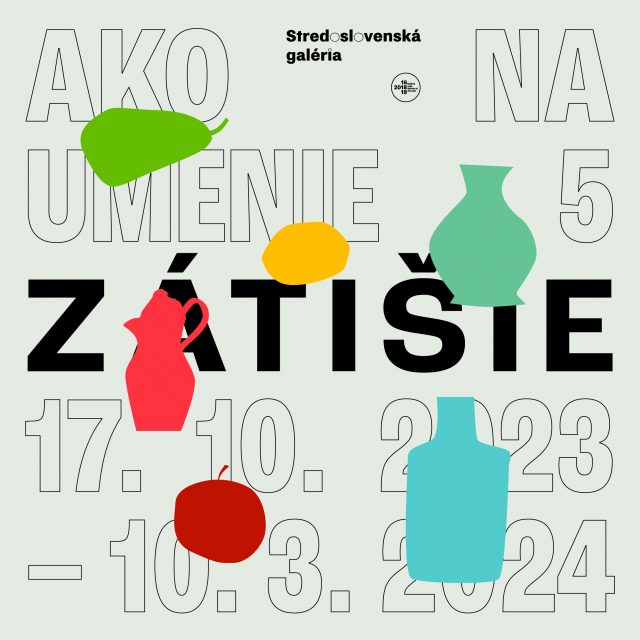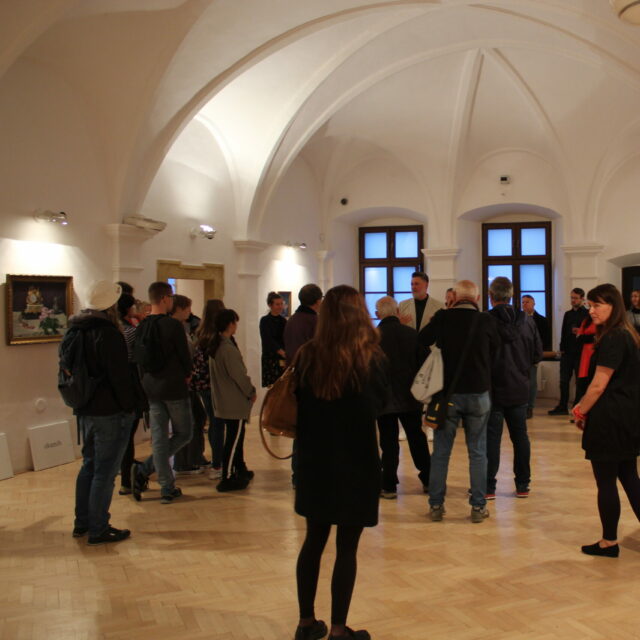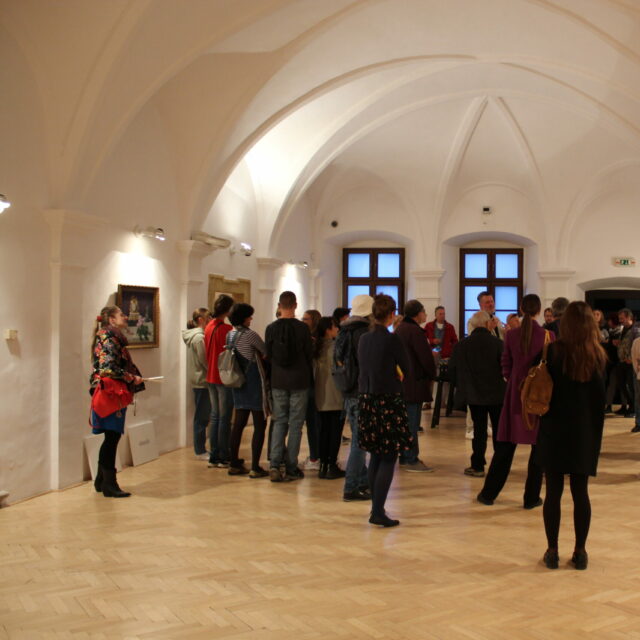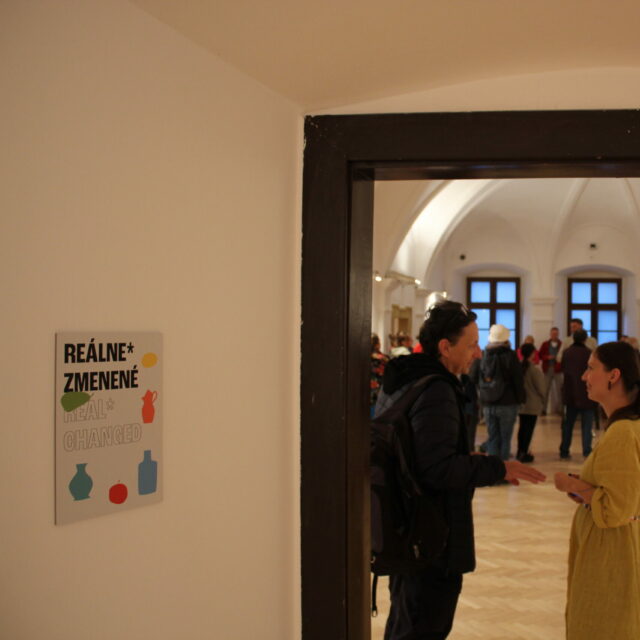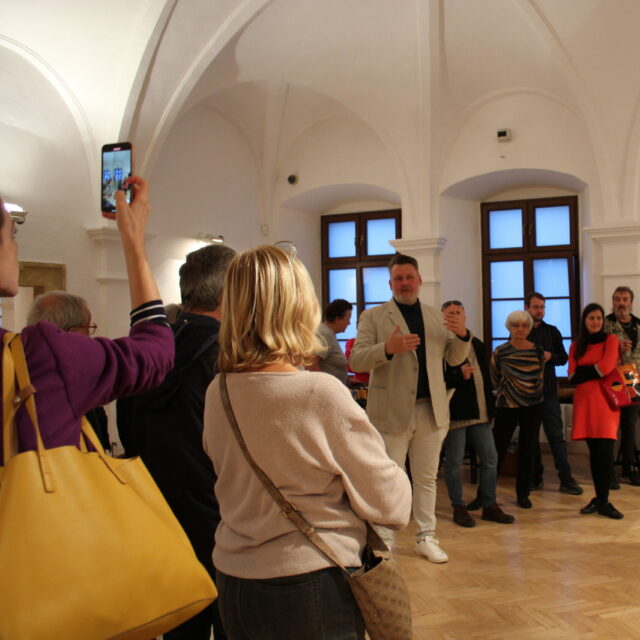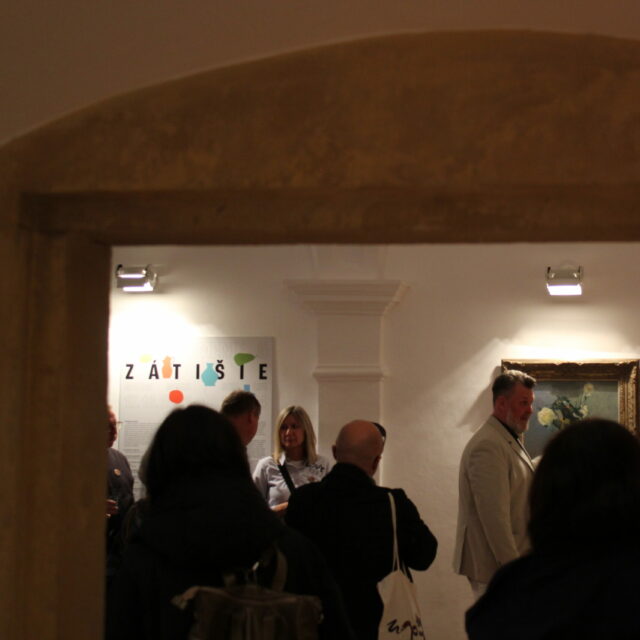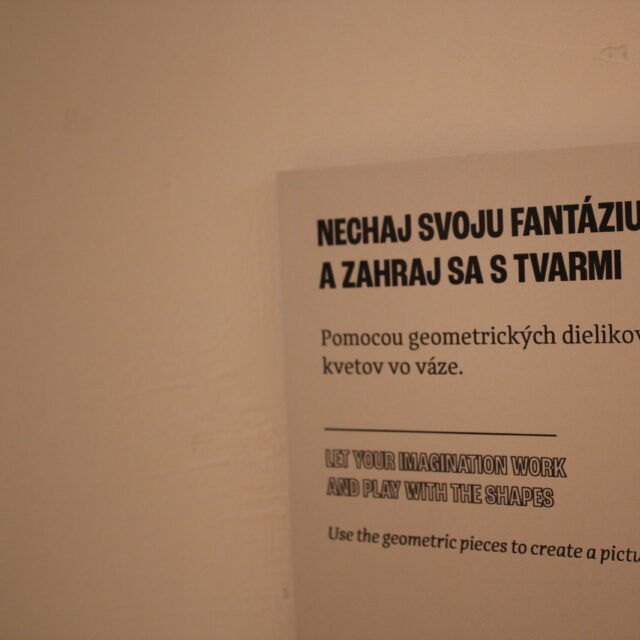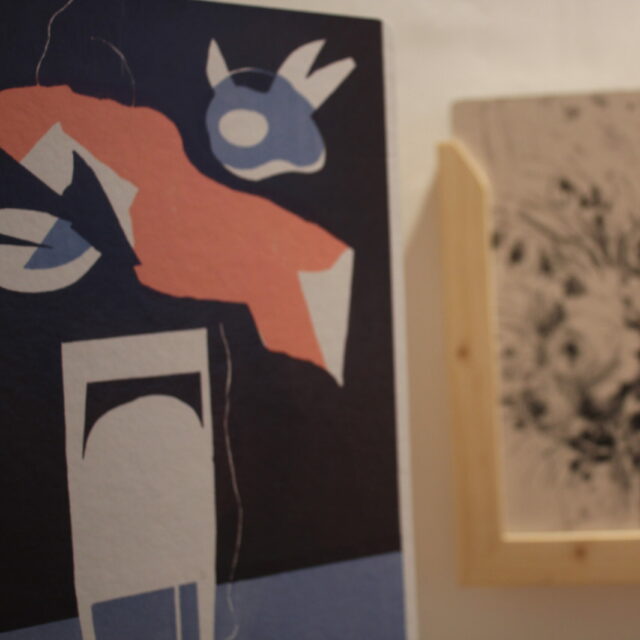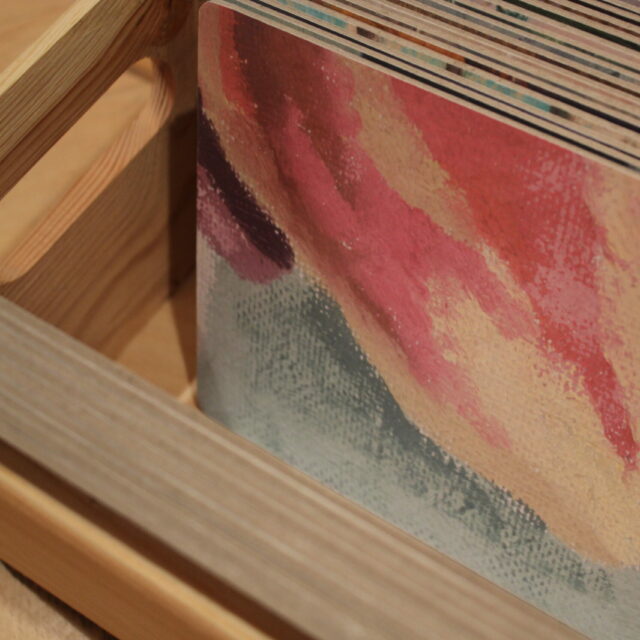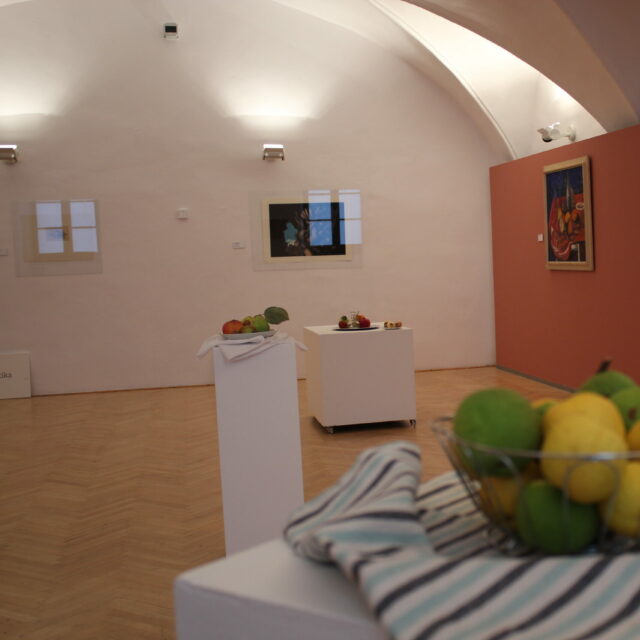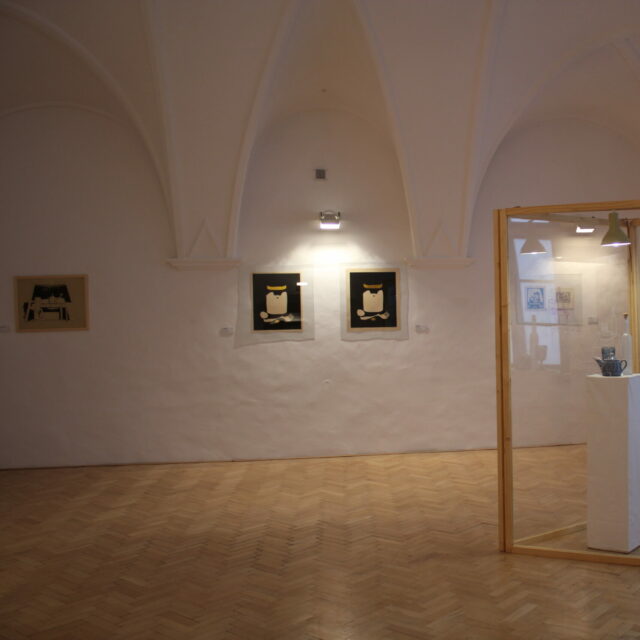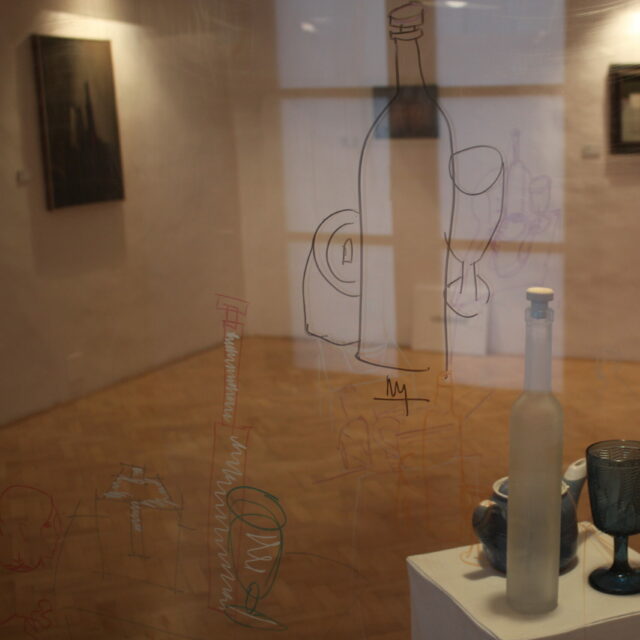How to see art… 5 / Still Life
A cup loosely placed on the table, a sugar bowl half filled with sugar crystals, pears and plums mixed in a bowl, a tablecloth neatly laid on the table, flowers arranged in a vase, a dishcloth carelessly thrown over a chair, an antique grinder ingeniously arranged on a shelf….
The world around us is full of objects that are part of our everyday life. At first glance, quite ordinary and obvious. And it is of these seemingly mundane things that our world is made. Piece by piece, molecule by molecule. It’s up to us whether we pass them by unnoticed or whether we stop for a moment and reflect on them. Perhaps we will realise that not only are they part of us, but that we are part of them too, that we form a common whole, every single piece of which is essential, at the same time different and original in some way. Then we can feel the true fragrance of flowers, the sweet and sour taste of apples or the intoxicating aroma of coffee beans, and realise the uniqueness of the shapes of every single dandelion seed floating in the wind or the variety of colour combinations on the surface of a leaf.
The visual works presented in the educational-presentational exhibition How to see art… 5 with the theme of still life provide us with the opportunity to perceive the diversity of objects and the possibility to think about them, and they are divided into the individual sections FLOWERS* TIME, REAL*CHANGED, FOOD*COMPOSITION, ALIVE*LIFELESS, KITCHEN*EVERYDAYNESS. At the same time, the exhibition offers us two lines of “reading” of the presented paintings, drawings and prints. We have the choice to perceive what we see and intuitively feel, to let our senses work or to compare them through word associations, to look for their deeper meanings and interconnections. There are invisible relationships, silent dialogues taking place right in front of us, between the apples arranged neatly side by side on the canvas or the plums scattered here and there. Even the flowers in the vase, as the artist has variously captured them in the moment and permanently immortalised them, have in fact undergone their evolution from bud to flower. The latter will eventually wither and fade away, like everything that is part of the cycle of life, of the opposites of life and death, of eternity and impermanence. They can be a metaphor for the fragility of our being and the need for attention, natural humility and care for the ordinary things that are simply here and now.
The exhibition itself works with the presented works of visual art as educational tools. Finding appropriate methods and forms of educating the contemporary visitor is one of the current challenges for galleries. Increasingly and significantly, they are taking on an educational function.
The exhibition presents approximately 60 works by 37 artists from the extensive collection of the Central Slovak Gallery with almost 14 000 collection items. These are mostly works by prominent Slovak and Czech artists, as well as the Japanese artist Atsu Sakazume. A selection of his work is part of a unique collection of foreign graphic art, of which the Central Slovak Gallery is the only one in Slovakia to take pride.
Thematic educational exhibitions also make it possible to re-present works from the collection of the Central Slovak Gallery to the public. This is also preceded by professional preparation and quality assessment of the works, including their restoration. Among the twelve paintings and one drawing that were professionally treated, the most extensive restoration work was the oil painting Still Life with a Clock by the painter Karola Skutecká-Karvašová from Banská Bystrica, the youngest daughter of the renowned artist Dominik Skutezky.
The exhibition How to see art… 5 / Still Life is a continuation of the cycle of educational exhibitions How to see art…, realized by the Gallery Education Section of the Art Department of the Central Slovak Gallery, awarded with the Prize of The Slovak Council of Galleries for professional activity – White Cube – 1st place for the educational exhibitions How to see art… 2 / nature and landscape (2019/2020) and How to see art… 3 / portrait and figure (2020/2021) and 2nd place for the educational exhibition How to see art… 4 (2022/2023).
Martina Martincová
//
During the duration of the exhibition, we plan to organize various accompanying events for the professional and general public, such as guided tours, expert lectures and thematic workshops.
The exhibition will last until March 10, 2024.
/////////////////
Title of the exhibition: How to see art… 5 / Still Life
Authors represented – Akidas Ambróz, Stanislav Balko, Andrej Barčík, Karol Baron, Miloš Alexander Bazovský, Jozef Dorica, Marcel Dúbravec, Jozef Fedora, Rudolf Fila, Július Flaché, Ľudovít Fulla, Mikuláš Galanda, Ladislav Gandl, Kvetoslava Gandlová, Gustáv Gerö, Elena Haberernová-Bellušová, Anton Hollý, Jozef Kollár, Fero Kráľ, Rudolf Krivoš, Ján Kudlička, Emil Makovický, Dezider Millý, Ján Mudroch, Oto Opršal, Ján Paľo, Milan Paštéka, Atsuo Sakazume, Karola Skutecká-Karvašová, Vojtech Stašík, František Studený, Ester Šimerová-Martinčeková, Ivan Štubňa, František Suchánek, Max Švabinský, Stanislav Tropp, Jaroslav Vodrážka
Exhibition curator – Martina Martincová
Venue: Central Slovak Gallery, Bethlen´s house, Dolná 8, Banská Bystrica
Concept of the project and educational outcomes – Martina Martincová, Zuzana Medzihorská
Graphic visual of the exhibition and design of educational aids – Patrik Ševčík
Professional cooperation – Renáta Pondelíková
Restoration cooperation – Peter Ližbetin, Miroslav Slúka
Translation – Zuzana Sloboda Szabóová
Duration: October 18, 2023 – March 10, 2024
Opening: October 17, 2023, 5. p.m.
The exhibition and the restoration of 1 work were realized with the financial support of the Banská Bystrica Self-Governing Region.
The restoration of 12 works was supported from public funds by the Slovak Arts Council.
The founder of the Central Slovak Gallery is the Banská Bystrica Self-Governing Region.
